Feed our finches
29 Oct 2020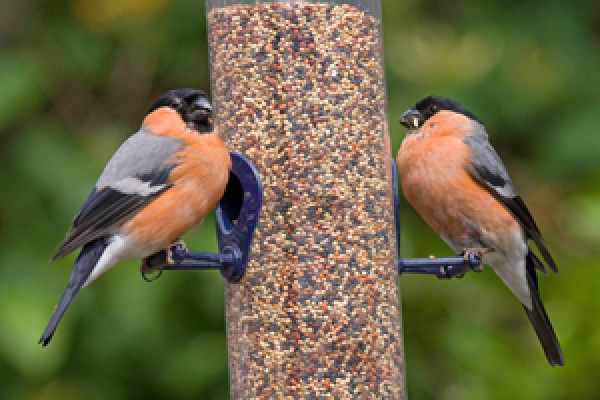
Autumn is the perfect time to clean and fill up your bird feeders ready for the cold months ahead. This year researchers at the British Trust for Ornithology (BTO) have noticed lower numbers of two of our colourful garden finches, Siskins and Bullfinches, and are asking people to watch their bird feeders to help keep track of their numbers.
For over 25 years participants in the BTO Garden Birdwatch survey (GBW) have been observing the birds in their gardens and sharing their weekly observations with the Trust’s scientists. These observations show that now is an important time to top up bird feeders and feed your garden birds. It is also an ideal time to take a closer interest in your garden birds by keeping a simple record of the birds and when they visit.
Siskins are small, black and yellow finches, closely related to Goldfinches, and they are normally seen in high numbers in gardens in February and March, but are not seen much in autumn. However, this year, unusually, they were seen in very few Garden BirdWatch gardens in spring, and are being seen in more gardens than normal now, in autumn. These patterns are probably related to their natural foods, tree seeds, and we predict that this winter and next spring will be a bumper year for Siskins at bird feeders. They are smaller than Greenfinches with bright yellow wing bars, and are just as happy feeding upside down as sitting on a perch; watch out for them on your seed feeders this winter.

Bullfinches are large finches with black caps, and the males have beautiful pink breast feathers. They like to feed on seeds, and are most often seen at garden bird feeders from November through to July. This year, however, counts have been lower than normal; we don’t know why this is, but it’s important to keep an eye on their numbers and to see if they return in normal numbers this winter.

Anyone can take part in Garden BirdWatch and submit their observations to us; it is free and fun for all the family, and real science, and helps our garden birds at the same time.
Join GBW for free
Stay connected to nature, learn about your garden wildlife and contribute to important scientific research without leaving your home. We're giving everyone free access to BTO Garden BirdWatch.
Join Garden BirdWatch today
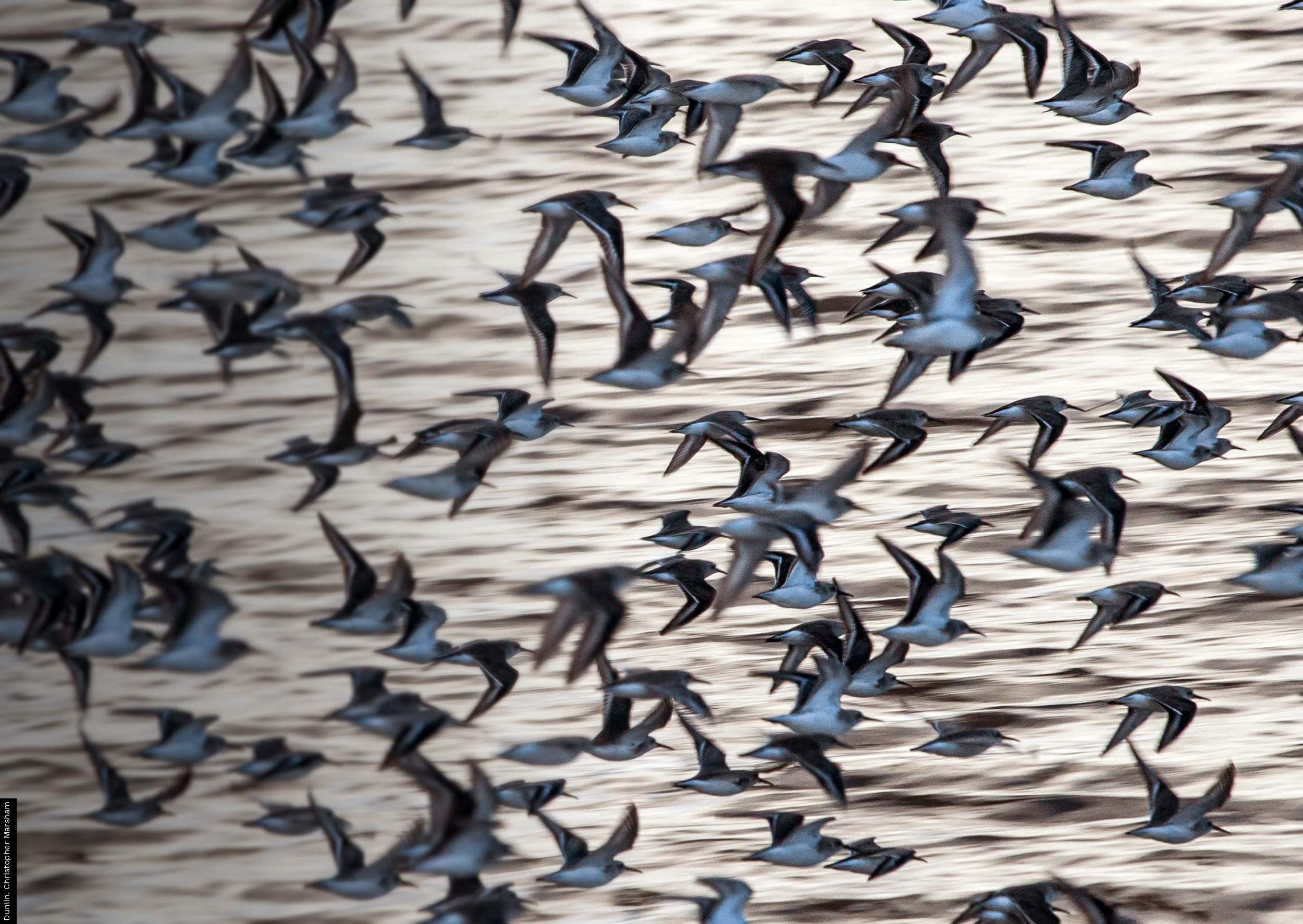
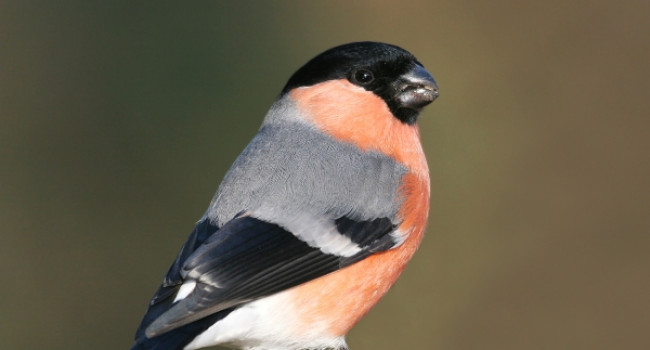
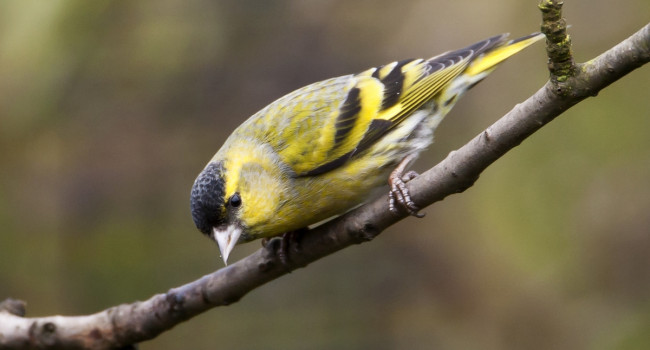
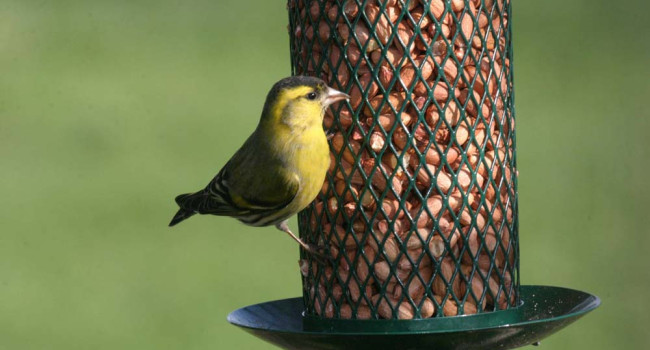




Share this page